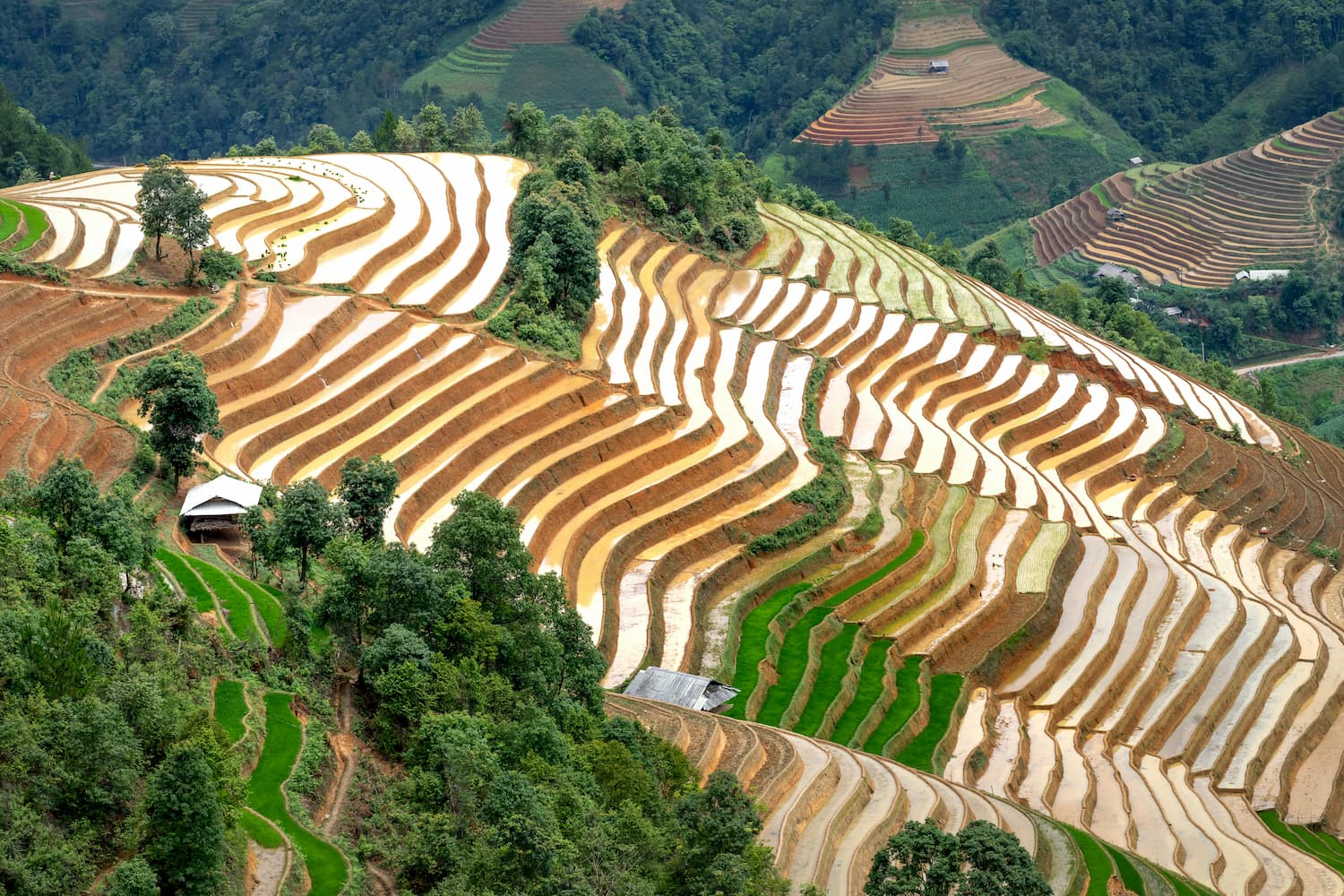Use Case Description
Methane from rice cultivation, largely caused by the anaerobic decomposition of organic matter in flooded fields, accounts for an estimated 16% of global agricultural greenhouse gas emissions. Reducing these emissions is particularly important in regions with extensive rice production, where traditional continuous flooding remains a dominant practice. Techniques such as Alternate Wetting and Drying (AWD) offer promising mitigation potential, but their widespread implementation and monitoring remain complex.
Earth Observation (EO) technologies offer a powerful solution by providing timely, high-resolution data on rice paddy location, extent, crop growth, and water management practices. This data enables the identification of emission sources, estimation of methane fluxes, and evaluation of the effectiveness of interventions under varying climatic and agronomic conditions. By capturing spatial and temporal changes in irrigation and crop dynamics, EO helps to detect where sustainable practices like AWD are being applied and how consistently they are maintained throughout the growing season.
Integrating EO into methane management strategies enables more targeted and efficient decision-making. It allows stakeholders to concentrate efforts in areas with the greatest potential for emission reductions, optimise the allocation of resources, and improve the design and implementation of mitigation programs. Furthermore, EO supports the development of robust Monitoring, Reporting, and Verification (MRV) systems that are essential for accessing carbon finance and establishing performance-based incentive mechanisms, thereby enhancing the transparency, accountability, and effectiveness of methane reduction efforts in rice cultivation.


